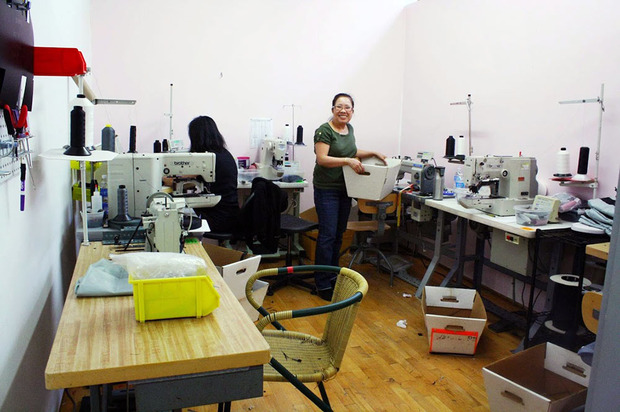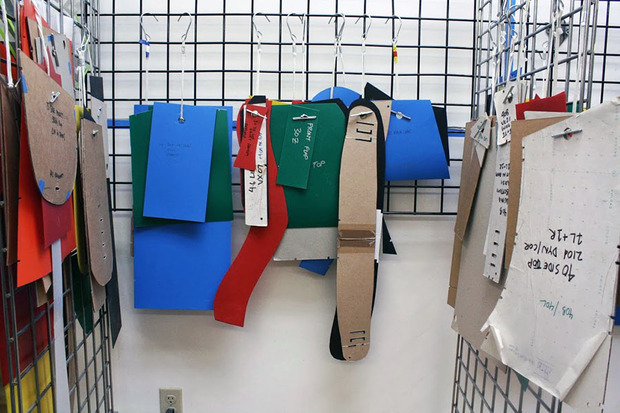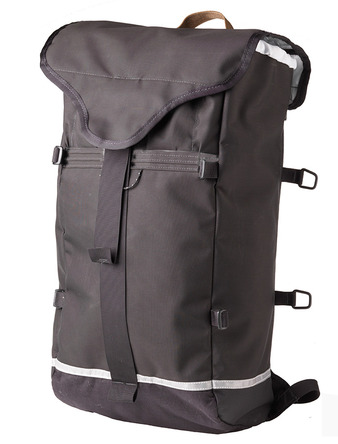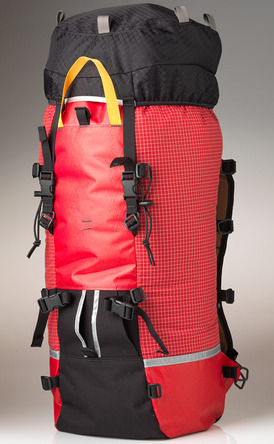CiloGear Packs
Light, strong, award-winning backpacks coveted by alpine climbers everywhere



Sharp-eyed mountain enthusiasts, take note: The next time that you see an advertisement for high-end alpine equipment, the depicted athlete may very well be sporting a backpack made by CiloGear. On a recent visit to the backpack-maker’s office and manufacturing facility deep in a rambling warren of a building on the outskirts of Portland, Oregon, CiloGear founder Graham Williams showed us a Patagonia ad featuring the climbing wunderkind Hayden Kennedy wearing a distinctive white backpack in the middle of a snowy slope. “That’s us,” said Williams.

CiloGear’s WorkSacks are prized for a number of reasons. First, they have a streamlined profile that is incredibly customizable—Williams once calculated that there are 460,000 different combinations with which to attach gear and compress pack contents. Second, all fabrics used are exceptionally hardy. Each pack has custom-made, five-layer Cordura laminate on the bottom and panels made from 210d Cordura, with a Dyneema ripstop pattern that is “15 times stronger than steel,” so says Williams. Their 60-liter Woven/Non-Woven WorkSack uses an exclusive material of woven Dyneema fabric bonded to a substrate of non-woven Dyneema that is not only waterproof and abrasion-resistant with a tear-strength of over 500 pounds, but is also incredibly light.

Williams—a former investment consultant and avid climber—applied a combination of lab testing, statistical analysis and field testing from a large team of top-caliber climbers like Kyle Dempster, Bruce Normand, Doug Shepard, Chad Kellogg and David Gottlieb to tweak pack design over the years. Unlike the vast majority of alpine packs on the market, CiloGear’s are designed to carry the weight from the top of the bag, instead of at the bottom over the hips. “Think about it,” Williams said, handing us a 30-pound kettle bell. “Is it easier to do deep squats when you’re holding it at your waist, or when you’re holding it in front of your chest?” And even if you aren’t necessarily planning an attempt on K2 in the near future, CiloGear’s design and manufacturing processes are still useful for the common commuter.

Williams applies the principles of lean manufacturing to eliminate waste, in the form of time, money, pollution and garbage. Rather than sourcing from all over the globe, the vast majority of CiloGear’s materials are made and sourced within the United States. Once a pack is ordered, it’s sewn in the Portland facility, where Williams then packs them into custom-made recycled boxes and ships them out. “If you’re a manufacturer, you’re a garbage producer,” believes Williams. “We try to minimize garbage as much as possible.”


The result is a pack that has won a slew of awards and accolades from the climbing community, as well as plenty of free advertising from CiloGear devotees toting their WorkSacks on the highest peaks in the world. For more information on the coveted bags visit CiloGear online where their packs are available from $69 all the way up to $1,500.
Images courtesy of CiloGear











